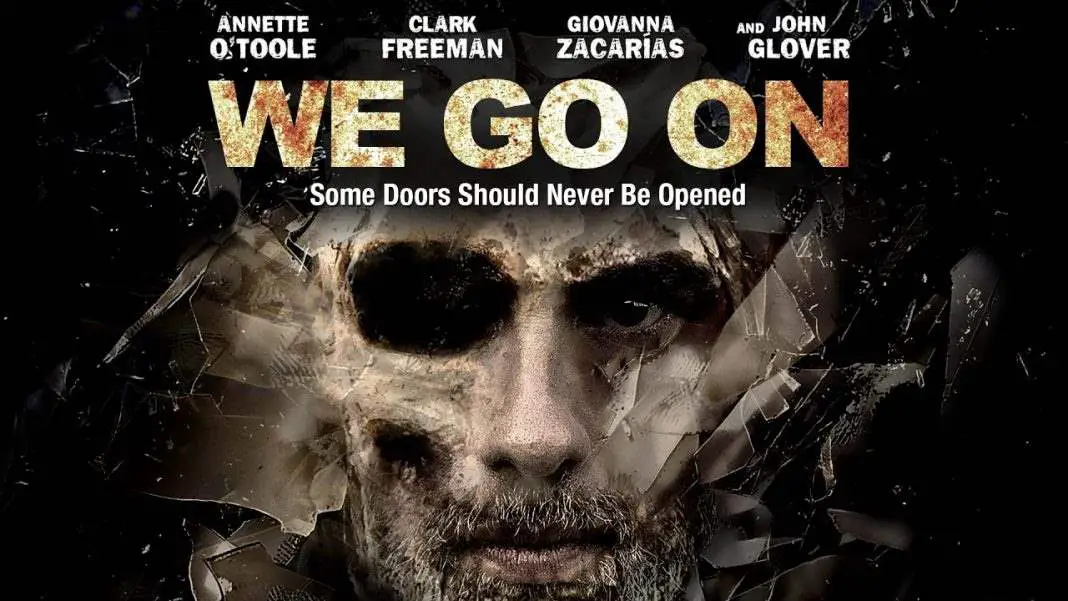

We learn that the virus, first known as the cause of “the shape-shifter syndrome,” has now spread throughout the world as the “Arctic Plague.” Children are especially vulnerable. The second chapter presents an utterly grim development. Despite their precautions, the research team is soon infected.

When an unrecognized virus from the girl is injected into a rat, the virus functions “like a chameleon,” instructing host cells to specialize in the wrong places - brain cells in the liver, lung cells in the heart. Her father, a professor of archaeology and evolutionary genetics, joins the research team to offer his expertise to the study of the frozen girl. A young woman studying climate change has fallen through thawing permafrost into a cavern containing the frozen remains of a 30,000-old girl and died there. The novel begins with a scientific expedition in Siberia in the near future. “How High We Go in the Dark,” the debut novel by Sequoia Nagamatsu, a young Japanese-American, presents exactly this kind of complex vision.

Kim Stanley Robinson, one of our best living science fiction writers, has compared science fiction to a pair of old-fashioned 3-D glasses through one lens we see predictions about the future, through the other we recognize metaphors for our own time, and with the two together we get to feel ourselves participating in history.


 0 kommentar(er)
0 kommentar(er)
